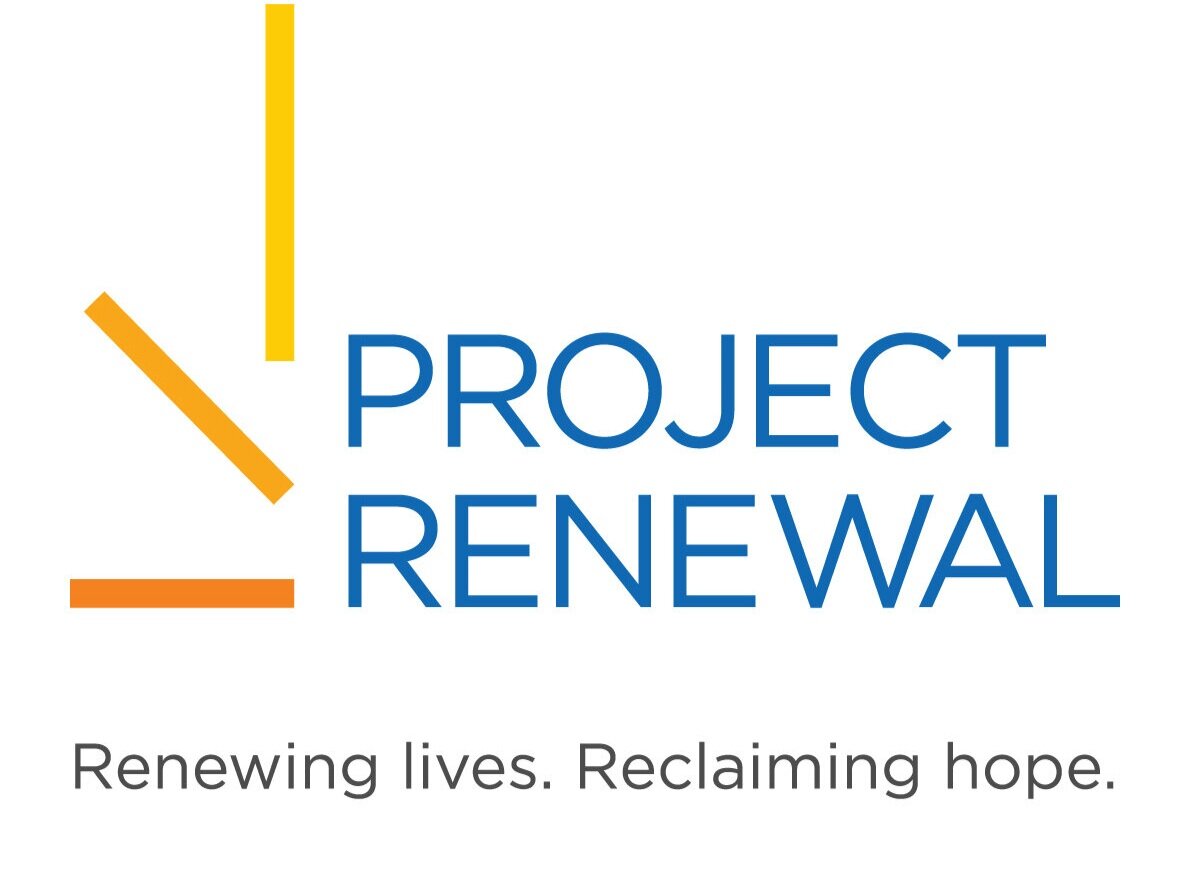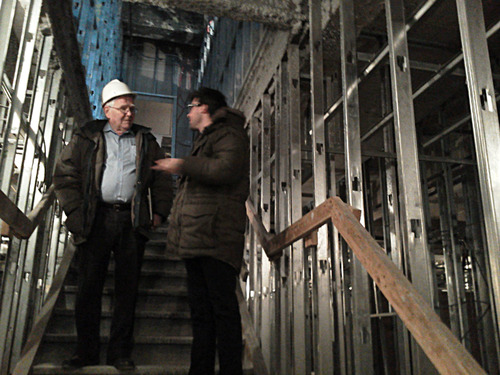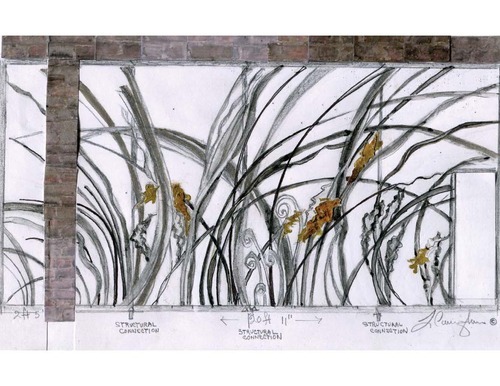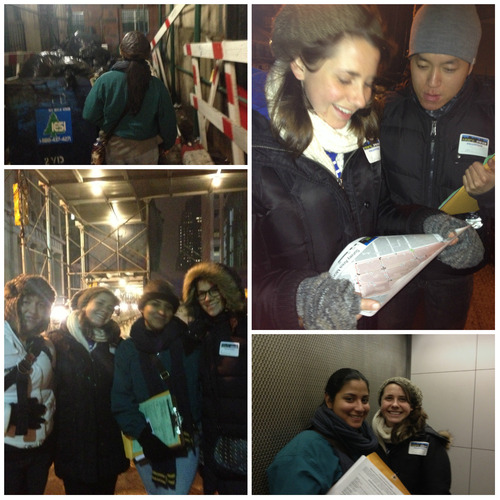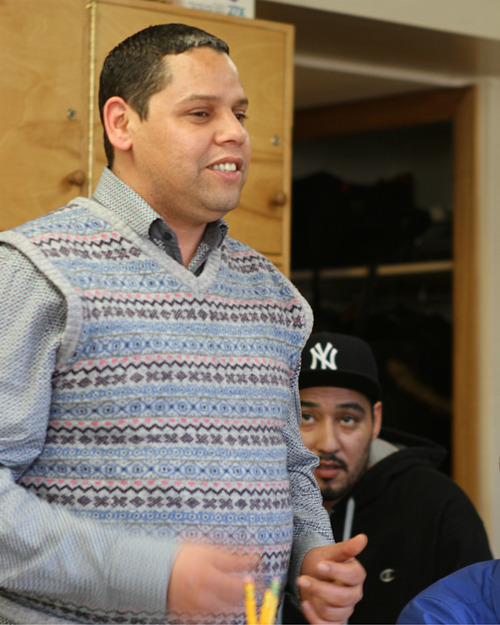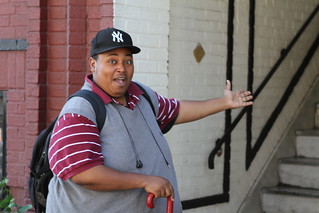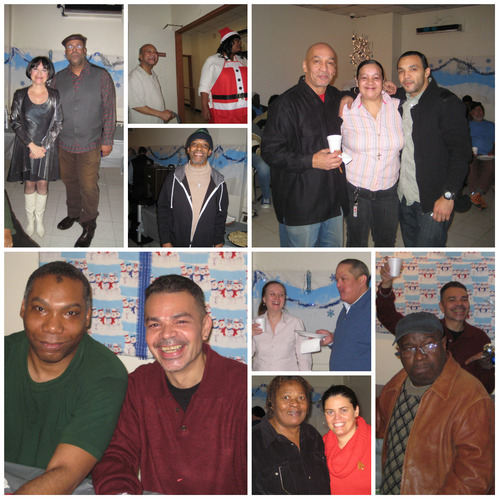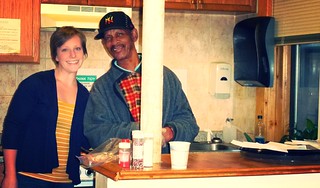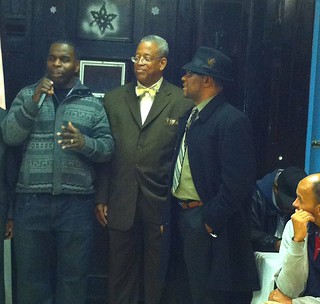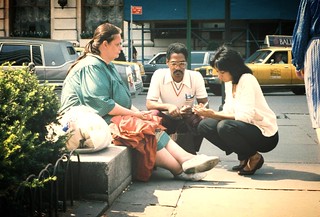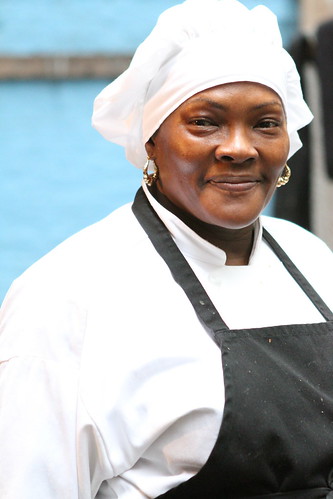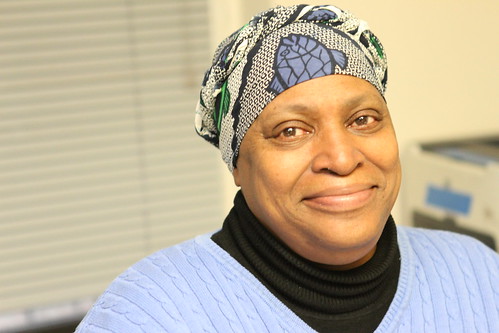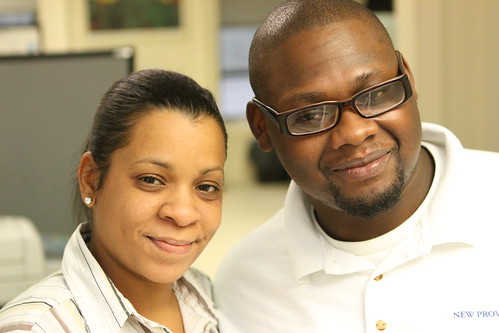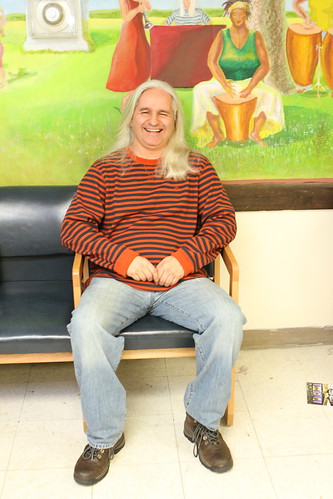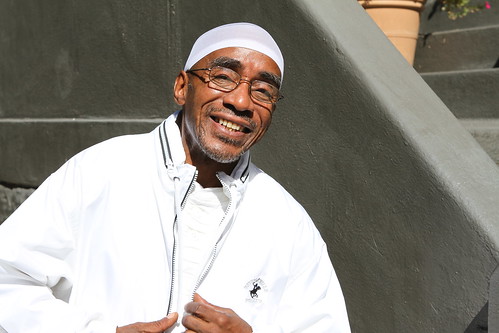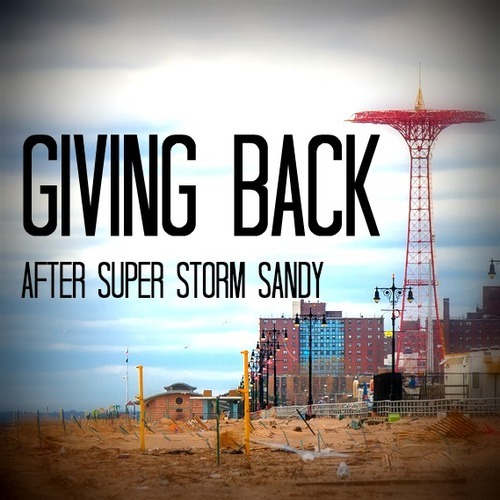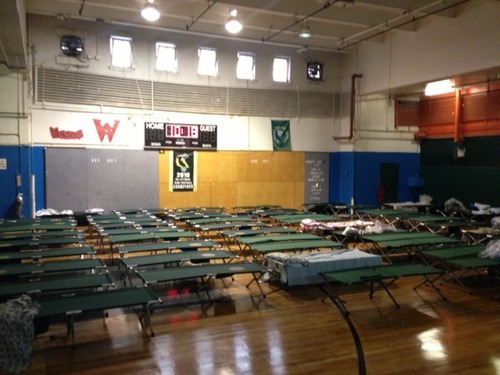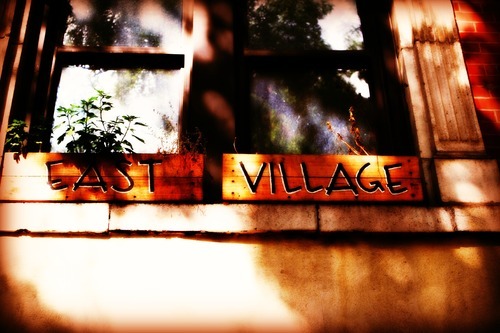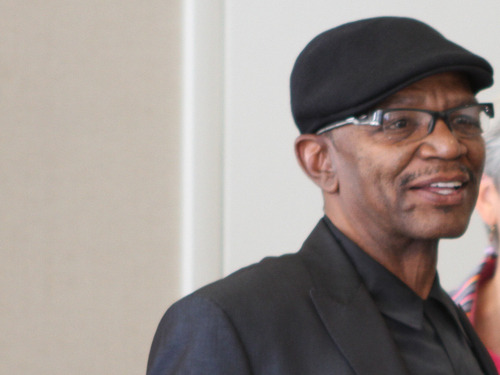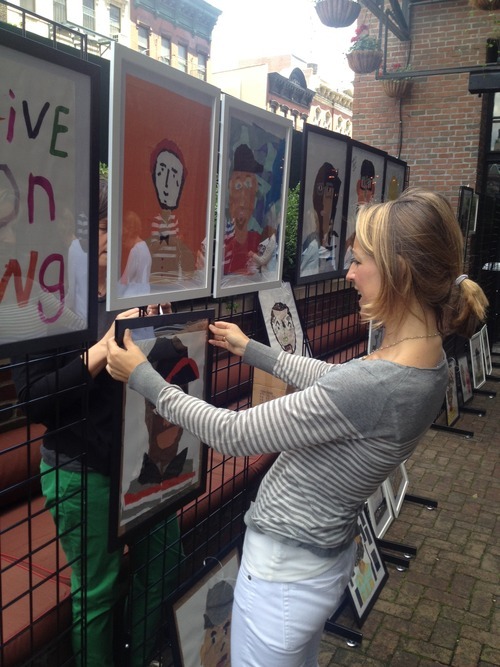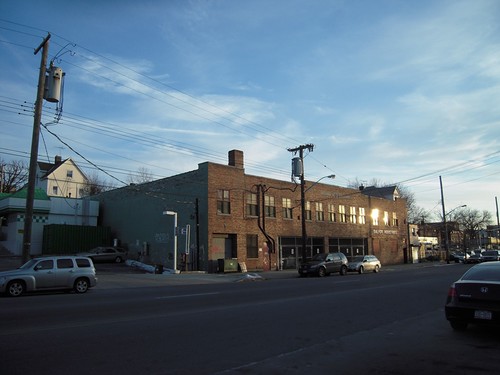We Heart NYC: Improving the health of homeless New Yorkers
/Alarmingly, homeless New Yorkers have a 1.5- to 11.5-times greater risk of dying relative to the general population, depending on age, gender, shelter status, and incidence of disease.
But the causes are changing.
According to this 2012 study by the NYC Department of Homeless Services, the top cause of death for both the NYC homeless population and the general population is heart disease.[1]
Regular visits with a primary care provider are essential to identifying heart disease and helping homeless patients to manage this health condition before it escalates to crisis levels. Our comprehensive services to homeless New Yorkers include integrated healthcare—patients are connected to care through our shelter-based clinics, medical vans, and referrals in our transitional and permanent housing residences.
Prevention begins on the streets where our medical vans are providing critical interventions to assess patients’ heart disease risk: in the past year, we assessed 61% of clients for cardiovascular disease risk. The vans are also reducing patients’ risk by helping them to manage co-occurring conditions which could lead to heart disease, such as smoking and high blood pressure. In the past year, our vans provided tobacco cessation interventions to 77% of patients and helped 60% of hypertensive patients to control their blood pressure levels.
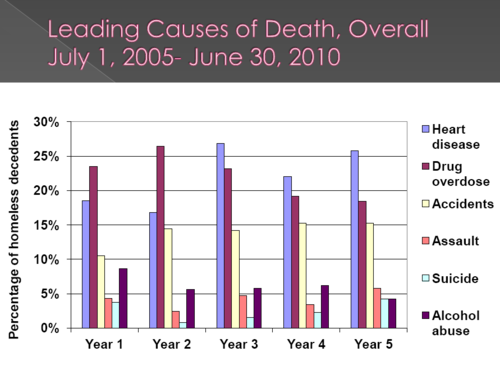
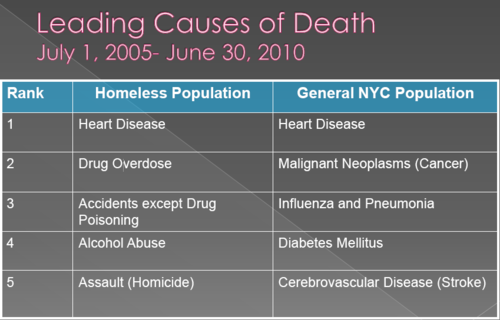
________________________________
[1] NYC DHS. Bronx Health and Housing Consortium: Opportunities for Collaboration. Shared Approaches to Death Prevention Among Homeless Individuals. Dec. 2012
